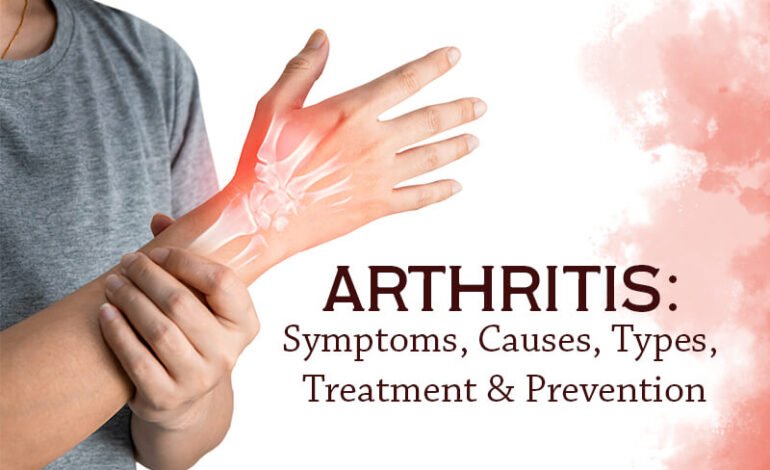
Get rid of your backpain & posture issues
Back pain and posture issues can be really uncomfortable, but with the right approach, you can often find relief and improve your posture over time. Here’s a guide on how to manage and potentially get rid of both:
1. Addressing Back Pain:
A. Correcting Posture:
- Keep a neutral spine: Make sure your spine is in a natural position when standing, sitting, or lying down. Avoid slumping or rounding your back. Think of keeping your shoulders back and your head aligned with your spine.
- Sit properly: When sitting, your feet should be flat on the floor, and your knees should be at a 90-degree angle. Use a chair with proper lumbar support to avoid straining your lower back.
- Stand tall: Avoid standing with your hips pushed forward or your lower back arched. Keep your weight evenly distributed on both feet.
B. Exercise and Stretching: Regular physical activity can strengthen the muscles that support your back and help alleviate pain.
- Core strengthening exercises (planks, bird-dogs, or leg raises) can help provide support to your spine and improve posture.
- Stretching: Stretch your lower back, hamstrings, and hip flexors regularly. Tight muscles in these areas can contribute to back pain.
- Yoga or Pilates: These practices focus on flexibility, core strength, and posture. Specific yoga poses like child’s pose, cat-cow stretch, and cobra can relieve back tension.
C. Ergonomics:
- Adjust your workstation: If you spend long hours sitting, make sure your desk and chair are set up to support good posture. Your computer screen should be at eye level, and your chair should support your lower back.
- Take breaks: Stand, stretch, or walk around every 30 minutes if you’re sitting for extended periods.
D. Pain Relief:
- Ice and Heat Therapy: Applying ice can reduce inflammation, while heat can relax tense muscles. Use them based on what feels better for your body.
- Over-the-counter pain relief: Ibuprofen or acetaminophen can help reduce inflammation and pain, but they should only be used temporarily.
- Massage: A therapeutic massage can help release muscle tension in the back and improve circulation.
E. Sleep Support:
- Proper sleep posture: Try sleeping on your side with a pillow between your knees to keep your spine aligned, or on your back with a pillow under your knees to maintain the natural curve of your spine.
- Supportive mattress: Ensure that your mattress supports your body evenly and keeps your spine aligned. A mattress that is too soft or too firm can contribute to back pain.
2. Improving Posture:
A. Strengthen Postural Muscles:
- Back muscles: Strengthen your upper back and shoulders with exercises like rows, reverse flys, and scapular squeezes. This helps counteract the forward hunch that is common with poor posture.
- Core muscles: Strong core muscles (abs and obliques) help support your spine. Include exercises like planks, bridges, and leg raises in your routine.
- Upper back exercises: Try exercises that open up your chest and activate your upper back, such as chest stretches, band pull-aparts, and T/Y raises.
B. Practice Posture Awareness:
- Posture check: Throughout the day, check in with yourself to see if you’re slouching. Try to make sure your shoulders are pulled back, your chin is parallel to the ground, and your lower back maintains a natural curve.
- Posture cues: Consider using reminders like phone alarms, sticky notes on your desk, or posture apps that alert you when you’re slouching.
C. Adjust Sitting and Standing Habits:
- Standing posture: Stand with your feet shoulder-width apart, with your knees slightly bent, and your weight evenly distributed across both feet. Avoid locking your knees or leaning forward.
- Sitting posture: When sitting, ensure your back is supported, and avoid slumping. Your back should touch the backrest of your chair, and your shoulders should stay relaxed.
D. Stretching and Mobility:
- Neck and shoulder stretches: These can relieve tension that contributes to poor posture. Perform stretches like neck rolls, shoulder shrugs, and upper back stretches.
- Hip flexor stretches: Tight hip flexors are often linked to poor posture. Try stretches like lunges or the pigeon pose to lengthen these muscles.
- Thoracic spine mobility: Poor posture often affects the mid-back (thoracic spine). Practice gentle twists and movements to improve mobility in this area.
E. Tools and Aids:
- Posture corrector braces: If you have a tendency to slouch, a posture corrector can gently remind you to maintain proper alignment, but don’t rely on it too heavily.
- Ergonomic adjustments: Consider using ergonomic devices, such as a lumbar roll for your lower back, or an ergonomic chair that encourages good posture.
3. Additional Tips and Lifestyle Changes:
A. Weight Management:
- Extra weight, especially around the abdomen, can strain the lower back and lead to posture problems. Maintaining a healthy weight can relieve unnecessary stress on your spine and help improve posture.
B. Stay Active:
- Regular physical activity (like walking, swimming, or strength training) helps maintain muscle strength and flexibility, which supports good posture and reduces back pain.
C. Stress Management:
- Chronic stress can lead to muscle tension, especially in the neck, shoulders, and back. Relaxation techniques like meditation, deep breathing, or progressive muscle relaxation can help reduce stress.
When to Seek Professional Help:
If your back pain or posture issues persist despite trying these strategies, or if the pain is severe, it’s important to consult with a healthcare professional:
- Physical Therapist: A physical therapist can design a personalized exercise program to help strengthen your muscles and improve your posture.
- Chiropractor: Chiropractic adjustments may help relieve certain types of back pain and improve alignment.
- Doctor: If your back pain is caused by an underlying condition, such as a herniated disc, arthritis, or scoliosis, a healthcare professional can provide a diagnosis and recommend appropriate treatment.
By consistently following these strategies, you can gradually improve your posture and reduce back pain. Remember that it might take time, but persistence will yield results!



